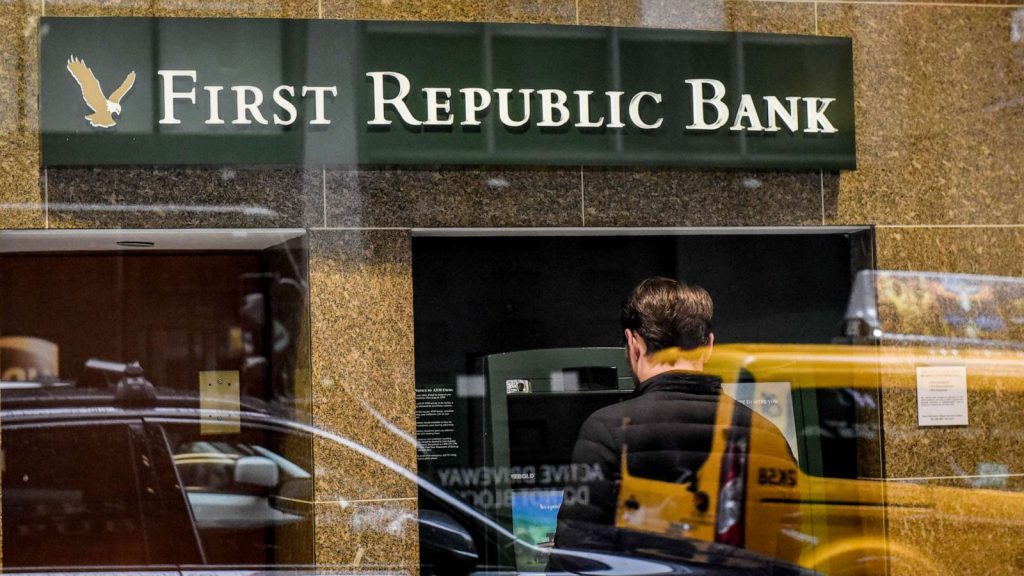A string of U.S. banks faced closures since 2022 affecting the economy and the financial sector. Republic First Bank, Citizens Bank, Signature Bank, and Silicon Valley, among others, failed in the last two years. Several stocks plunged to new lows in the indices and investors are steering clear from investing in the financial sector. New York Community Bank reported significant losses after which customers began withdrawing all funds in fear of a closure.
Also Read: Gold Price Prediction For May 2024
However, a research-based think tank has warned that 7% of banks in the U.S. remain at risk of closure. The surge in inflation after the COVID-19 lockdowns is among the reasons why the sector remains in danger.
The Risk of Closure For U.S. Banks Remains High, Reveals Leading Consulting Firm


Research published by the leading consulting firm Klaros Group revealed that more than 200 banks in the U.S. are at risk. Out of the 4,000 banks existing in the U.S., around 282 of them could face closures, read the report.
Also Read: De-Dollarization: Russia Has No Choice Than Using Chinese Yuan
Brian Graham, the co-founder of Klaros Group stressed that many U.S. banks are under stress but not insolvent. Moreover, he highlighted that reduced investment in new branches, customer disenfranchisement, and closure of savings accounts severely impact the branches.
Another challenge they face is managing technology without overspending and having less trained staff to handle queries. All these pose challenges to their development making them prone to closure in the coming years. The diminishing cash reserves in most of the banks could also affect the U.S. economy and the equities market.
Also Read: How To Make Your First $1 Million Warren Buffett Style
Therefore, the return to normalcy for banks is far from over and many more could bite the dust soon. If the Federal Reserve and the White House do not bring the situation under control, the risk of closures will only increase.





